
If you think the idea of making a New Year’s Resolution has been around for a while, you’re right! We can trace it back to the Babylonians over 4,000 years ago. A common resolution then was to return borrowed farm equipment. The ancient romans ran with the idea as did medieval knights with the “peacock vow.” Americans in the early 1900s took a spiritual tack on self-improvement resolutions such as “build a stronger moral character,” or “develop more restraint in the face of earthly pleasures.” Today, we have our own take on making positive changes in our lives.
Not surprisingly, the majority of responses were “I don’t make resolutions!” but some people still make the effort. Jo-Ann B. offered this: “My resolutions EVERY year are to be kind, stay healthy, be physically active, and engaged with life as a Vermonter, American, and world citizen. The pleasure and privilege of another year to me are indeed a blessing and a gift. As for sticking with these broad resolutions, I persevere and persist and remember that humor and a good laugh every day always help.”
Another realistic approach came from Candace P. “Hah! Every year I fail to get my Christmas letter to friends and family written and sent before Christmas. So, my New Year’s resolution is often to send a New Year’s letter in January. I fail more often than I succeed. If I’m lucky, my friends receive a Valentine’s letter instead!”

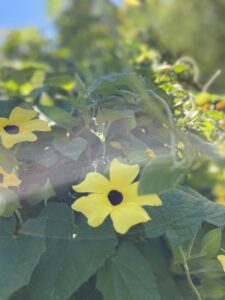 Incoming residents are often surprised to have so much leniency in the planning of their garden spaces. Some residents tend to their own gardens, hire local landscaping companies or even use Wake Robin staff to do upkeep. The gardens surrounding the cottages can be as simple or as intricate as a resident would like.
Incoming residents are often surprised to have so much leniency in the planning of their garden spaces. Some residents tend to their own gardens, hire local landscaping companies or even use Wake Robin staff to do upkeep. The gardens surrounding the cottages can be as simple or as intricate as a resident would like.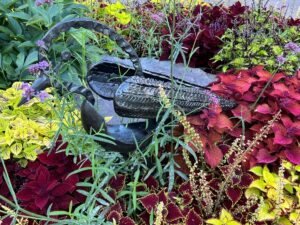

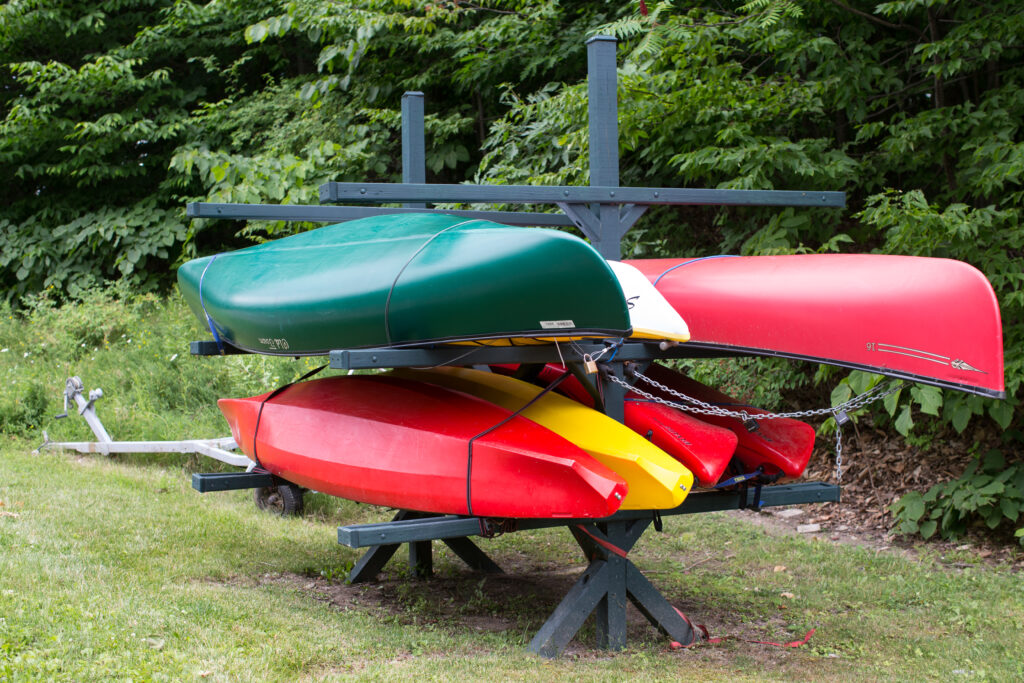
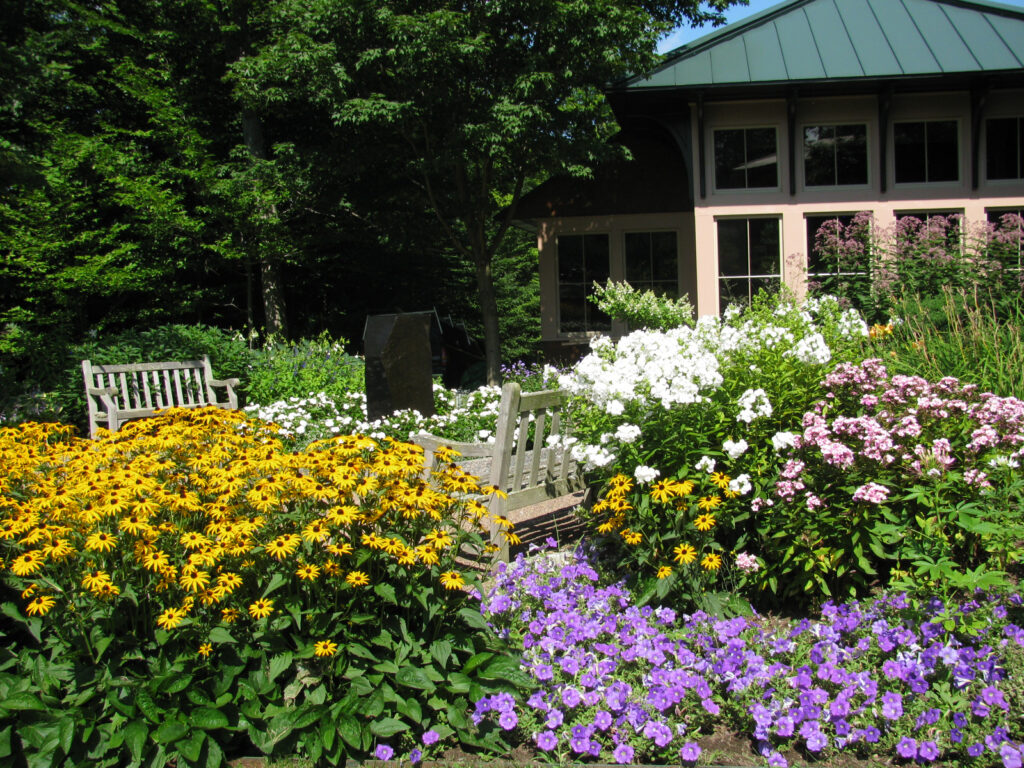
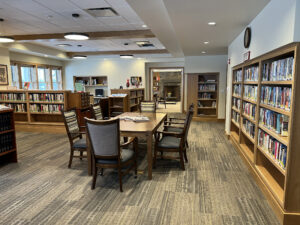 The Jean Connor Library has gone through quite a few transitions through its existence at Wake Robin. It began with a basket containing a few books available for residents to borrow. It has now evolved into a library with over 4,000 volumes, 1,000 DVDs, and audiobooks.
The Jean Connor Library has gone through quite a few transitions through its existence at Wake Robin. It began with a basket containing a few books available for residents to borrow. It has now evolved into a library with over 4,000 volumes, 1,000 DVDs, and audiobooks.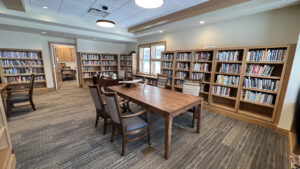 f 750-1000 more books as well as enlarged areas for reading tables and comfy chairs. Resident committees such as the Nature Committee and the Racial Justice Committee were granted dedicated shelf space to house special topics. A few shelves of children’s books await grandchildren of residents (these books are not usually expected to return).
f 750-1000 more books as well as enlarged areas for reading tables and comfy chairs. Resident committees such as the Nature Committee and the Racial Justice Committee were granted dedicated shelf space to house special topics. A few shelves of children’s books await grandchildren of residents (these books are not usually expected to return).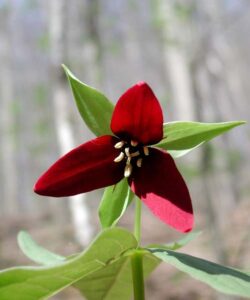
 The west side of the gallery offers a long stretch of wall, approximately 117 feet, to hang artwork, and that space comes in handy as it allows for large frames and canvasses. Across the hall, the showcase shelves are backlit and contain fascinating artifacts made up of resident collections. With 80 square feet available, past collections have featured a wide range of artisan pottery and tools from early American history. Currently the showcase shelves illustrate the history of the automobile with exquisitely made miniature models from the Ford Model T to the Thunderbird.
The west side of the gallery offers a long stretch of wall, approximately 117 feet, to hang artwork, and that space comes in handy as it allows for large frames and canvasses. Across the hall, the showcase shelves are backlit and contain fascinating artifacts made up of resident collections. With 80 square feet available, past collections have featured a wide range of artisan pottery and tools from early American history. Currently the showcase shelves illustrate the history of the automobile with exquisitely made miniature models from the Ford Model T to the Thunderbird.
